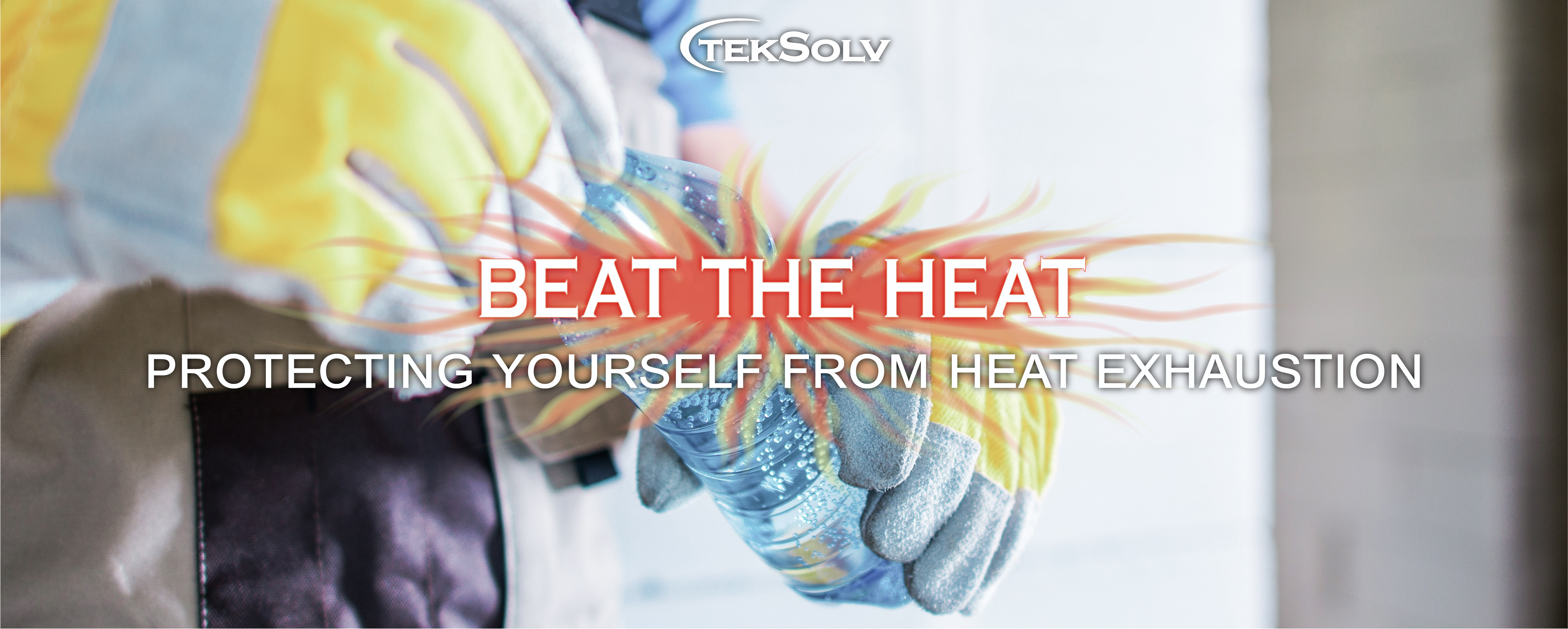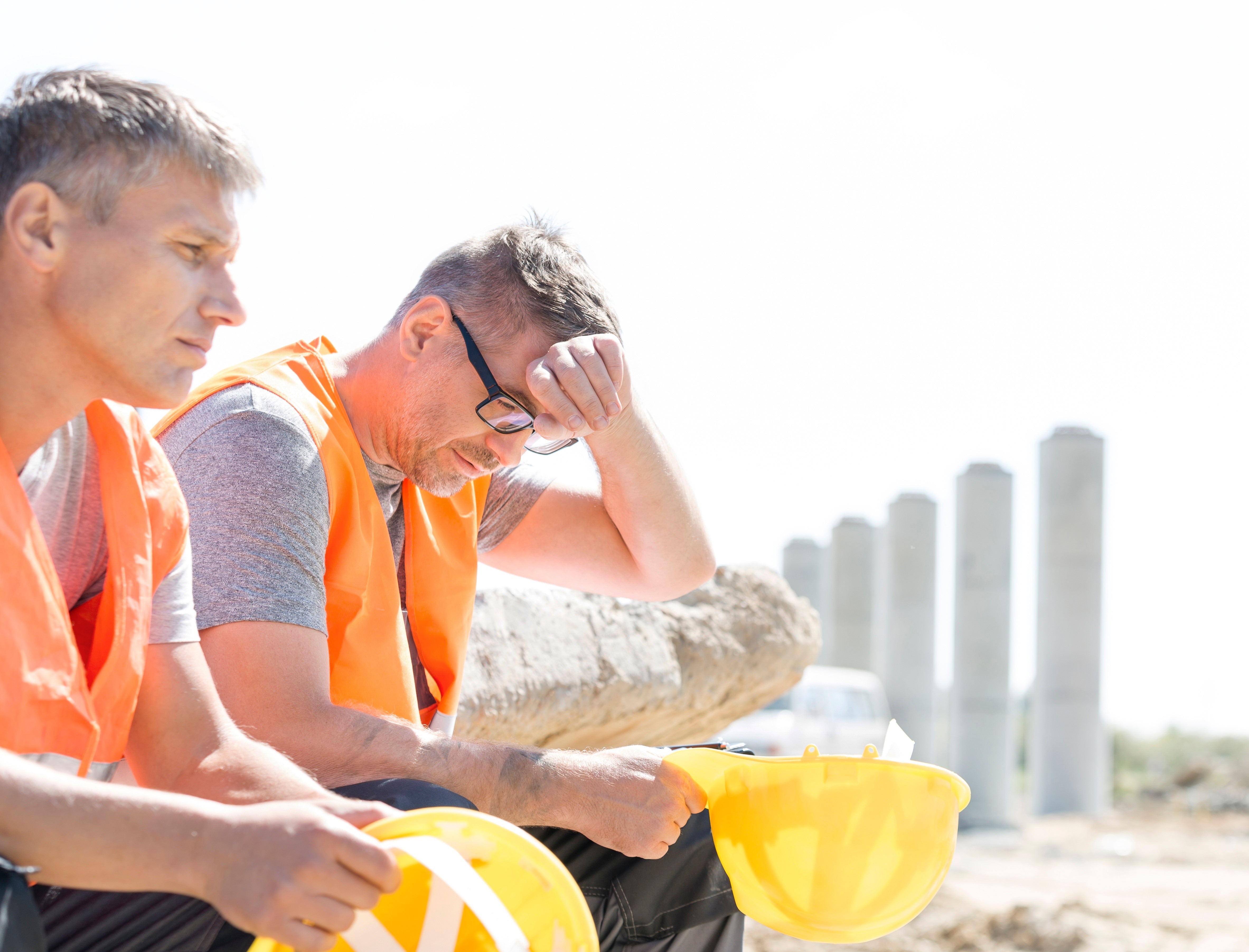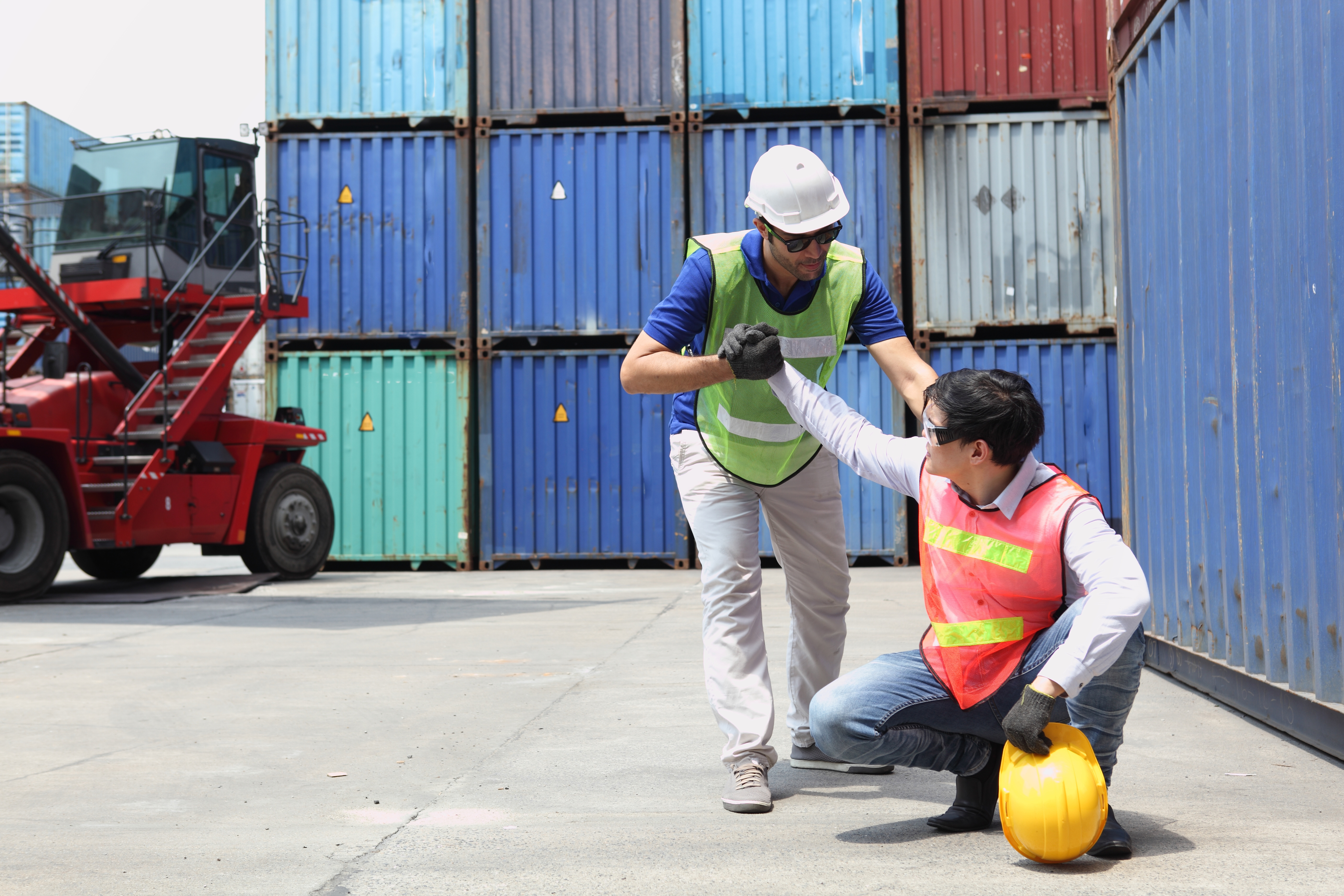
Summer is in full swing with heat waves and severe weather. These warmer months increase the risk for heat exhaustion. Excessive heat can get dangerous fast, leading to accidents and injuries. It's important to protect yourself and prepare for the heat by learning about the signs of heat exhaustion and what to do if you or someone you know is experiencing heat exhaustion or a heat stroke.
What is Heat Stress?
Heat stress occurs when the body is unable to cool itself through sweating. Once heat stress occurs, it can quickly turn into heat exhaustion or even a heat stroke.
Symptoms of Heat Exhaustion vs. Symptoms of Heat Stroke
Headaches, dizziness Dry, hot skin with no sweat
Lightheadedness and/or fainting Mental confusion
Weakness and moist skin Loss of consciousness
Mood changes, irritability, confusion Seizures or convulsions
Nausea, vomiting Can be fatal - seek immediate help
Preventing Heat Stress 
- Know the signs and symptoms of heat-related illnesses.
- When possible, block out the sun or other heat sources.
- Use any fans or A.C. units available.
- Hydrate BEFORE you go outside.
- Remain hydrated by drinking 1 cup of water every 15 minutes.
- Wear light colored clothing that is lightweight and loose-fitting.
- Avoid alcohol, caffeinated drinks, or heavy meals.
- Wear sunscreen of at least SPF 15 and reapply every 2 hours.
How to Treat Heat-Related Illnesses 
- Seek immediate medical attention; call 911.
- WHILE WAITING FOR 911-
- Move the individual to a cool shaded area.
- Loosen or remove any heavy clothing.
- Provide cool drinking water.
- Fan and mist the individual with cool water.
- WHILE WAITING FOR 911-
It can take only a few minutes for heat exhaustion to turn into a heat stroke. If you are experiencing any symptoms, seek shelter immediately and if symptoms continue to worsen call 911.
